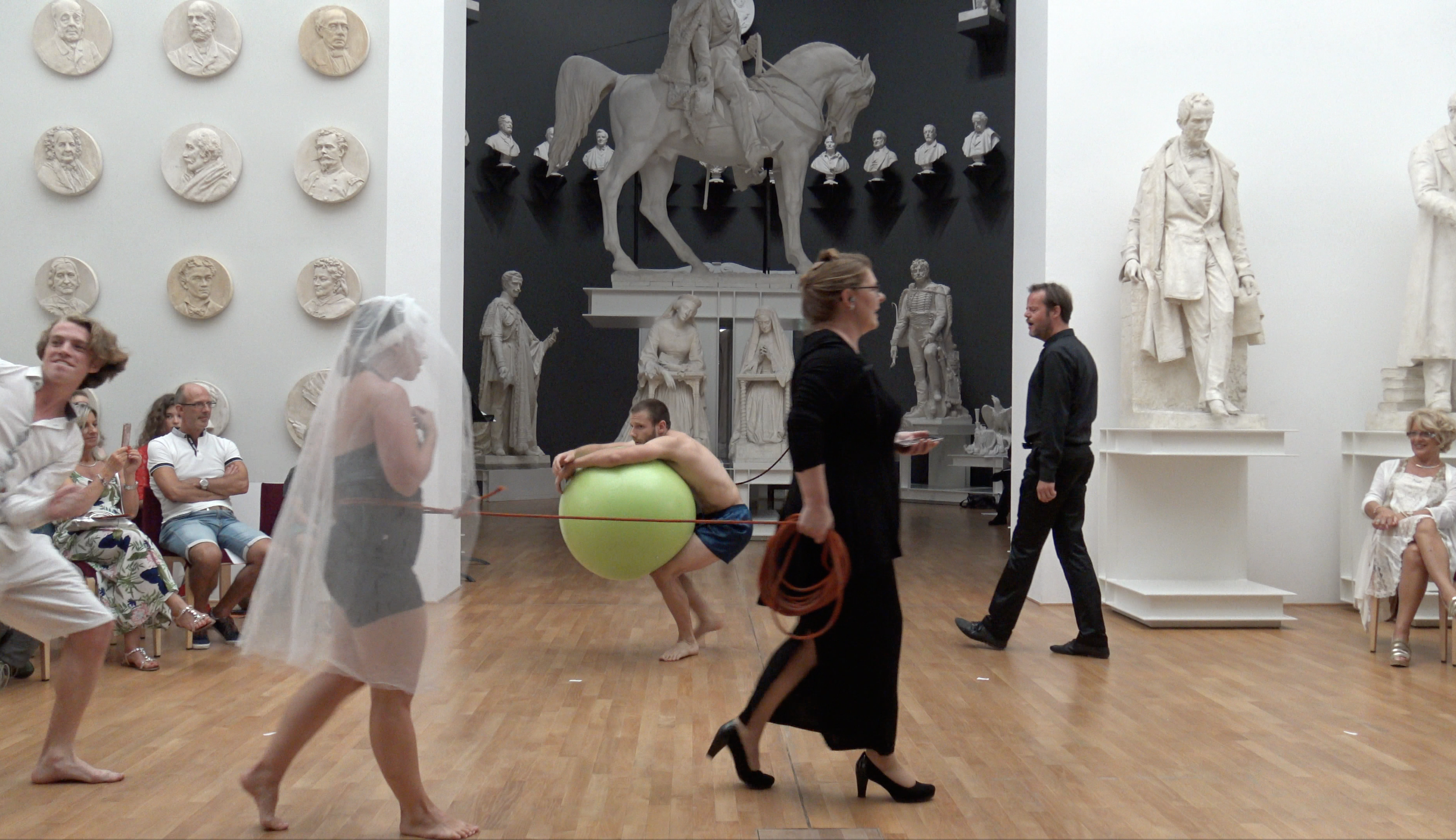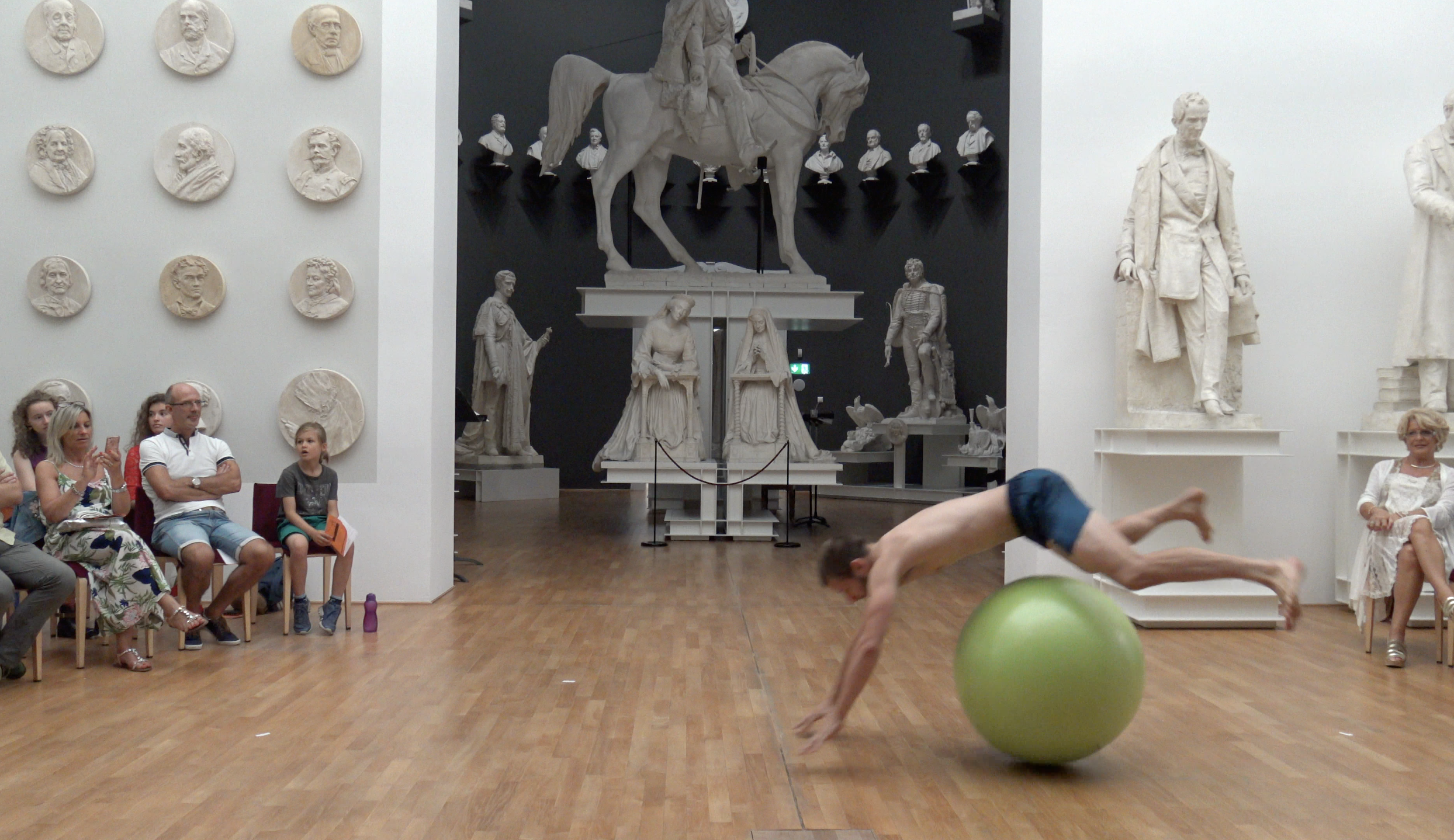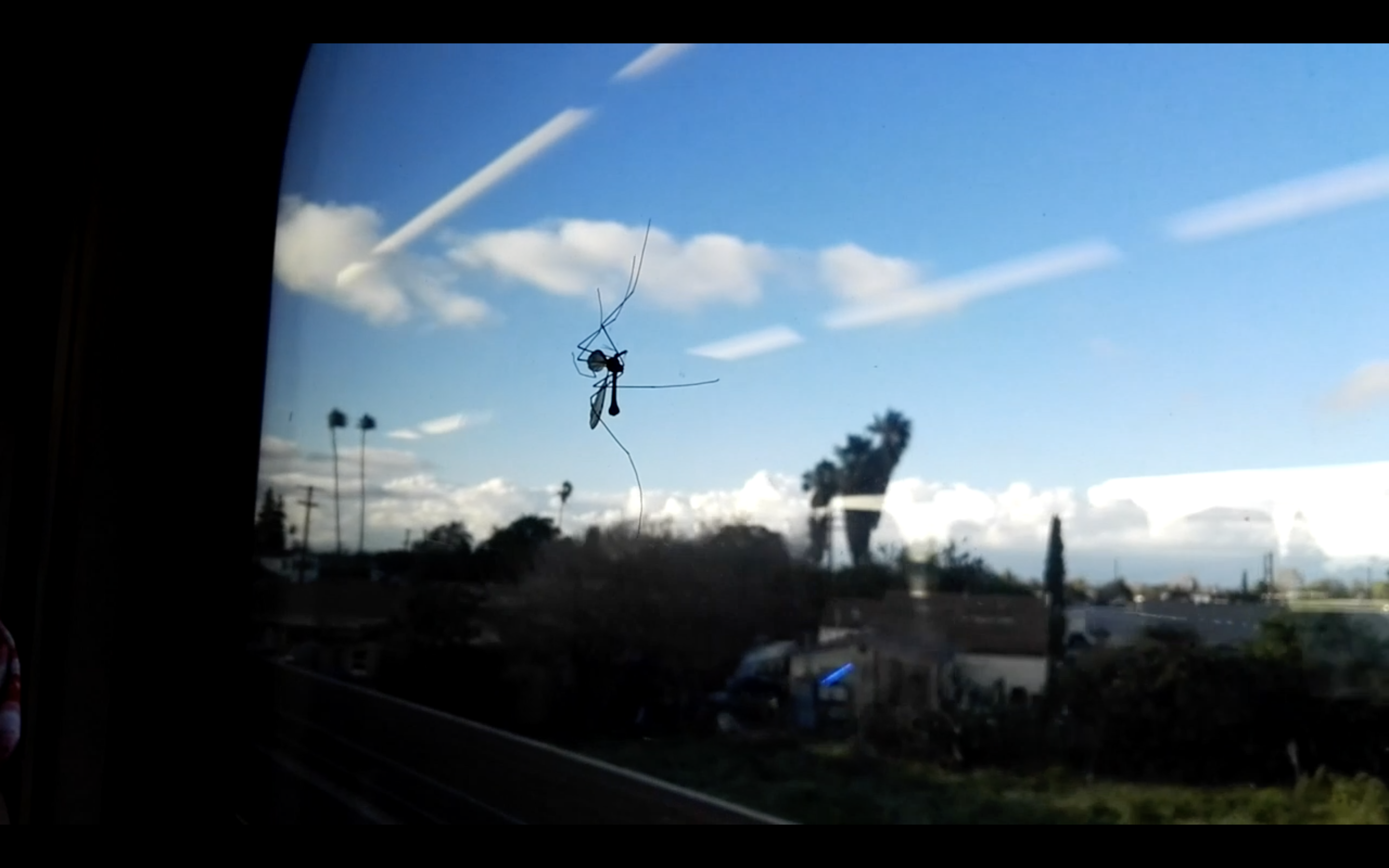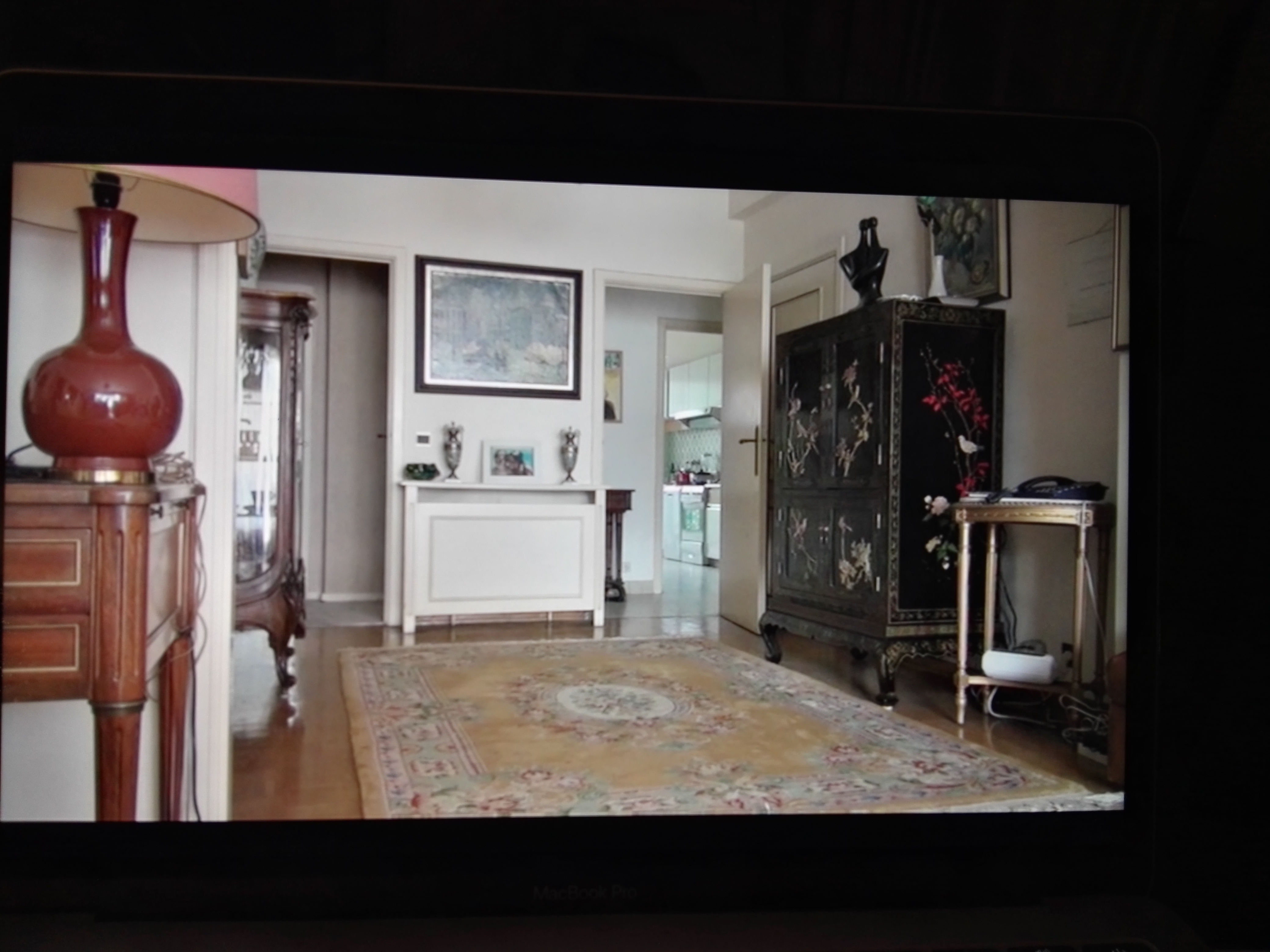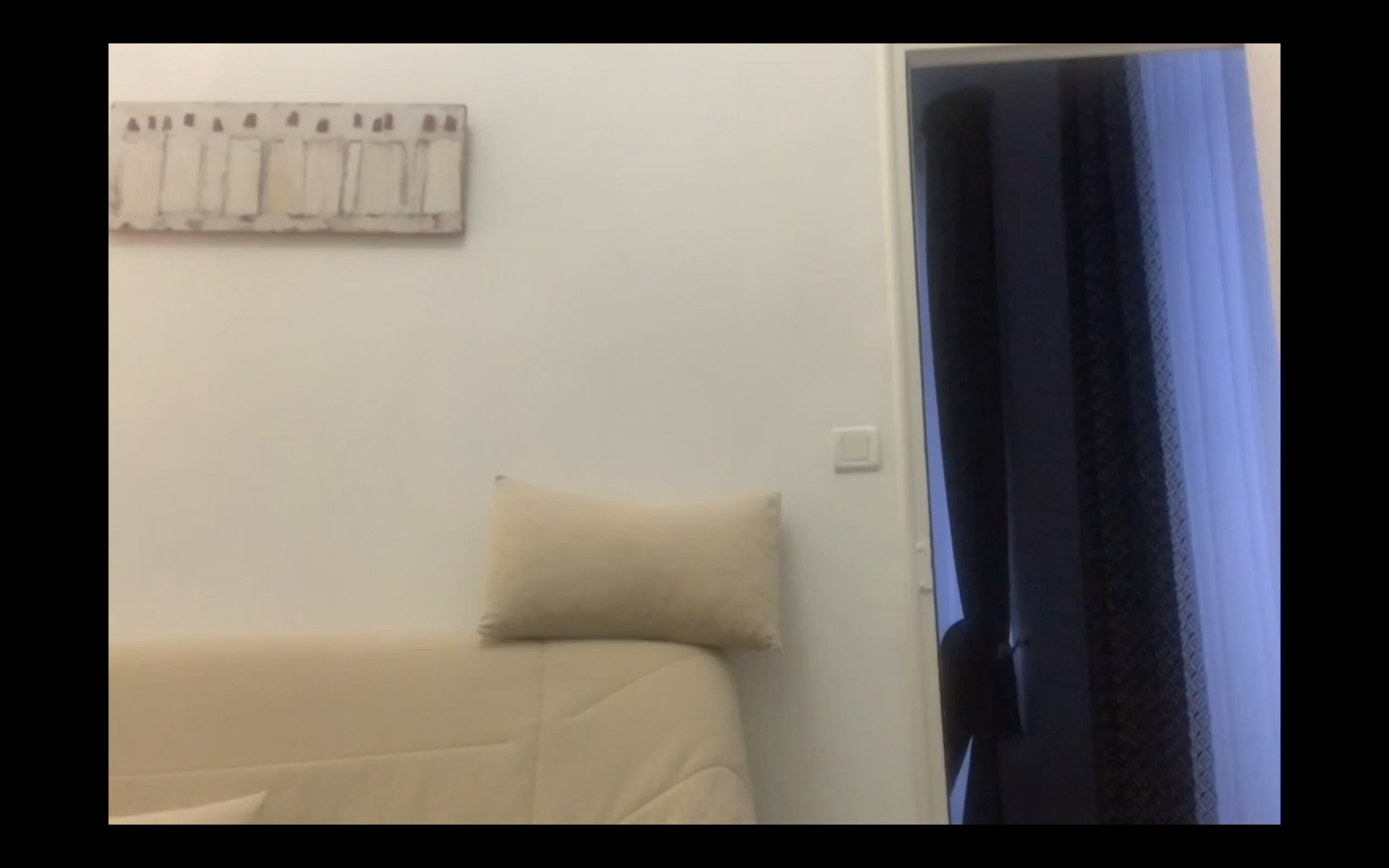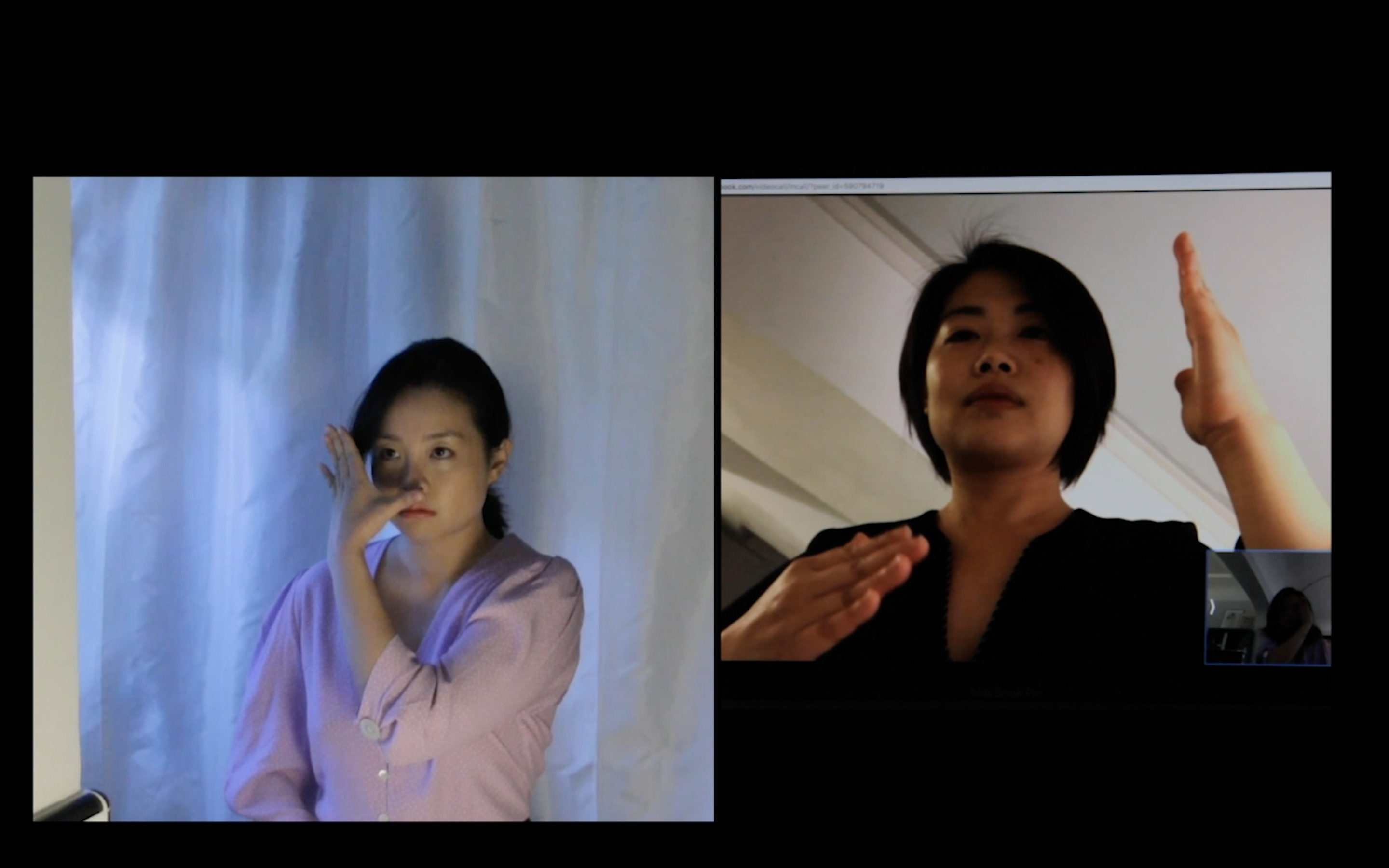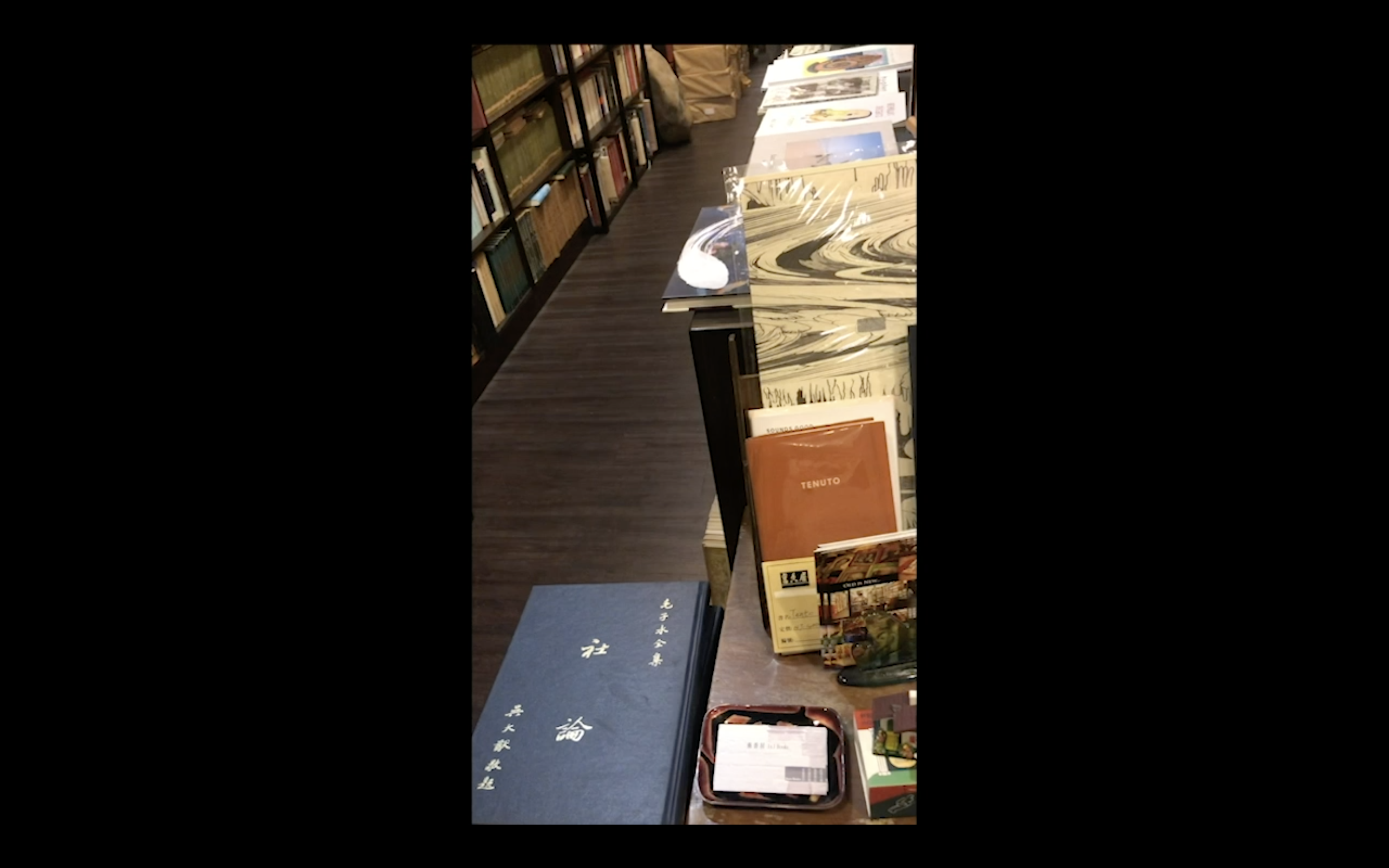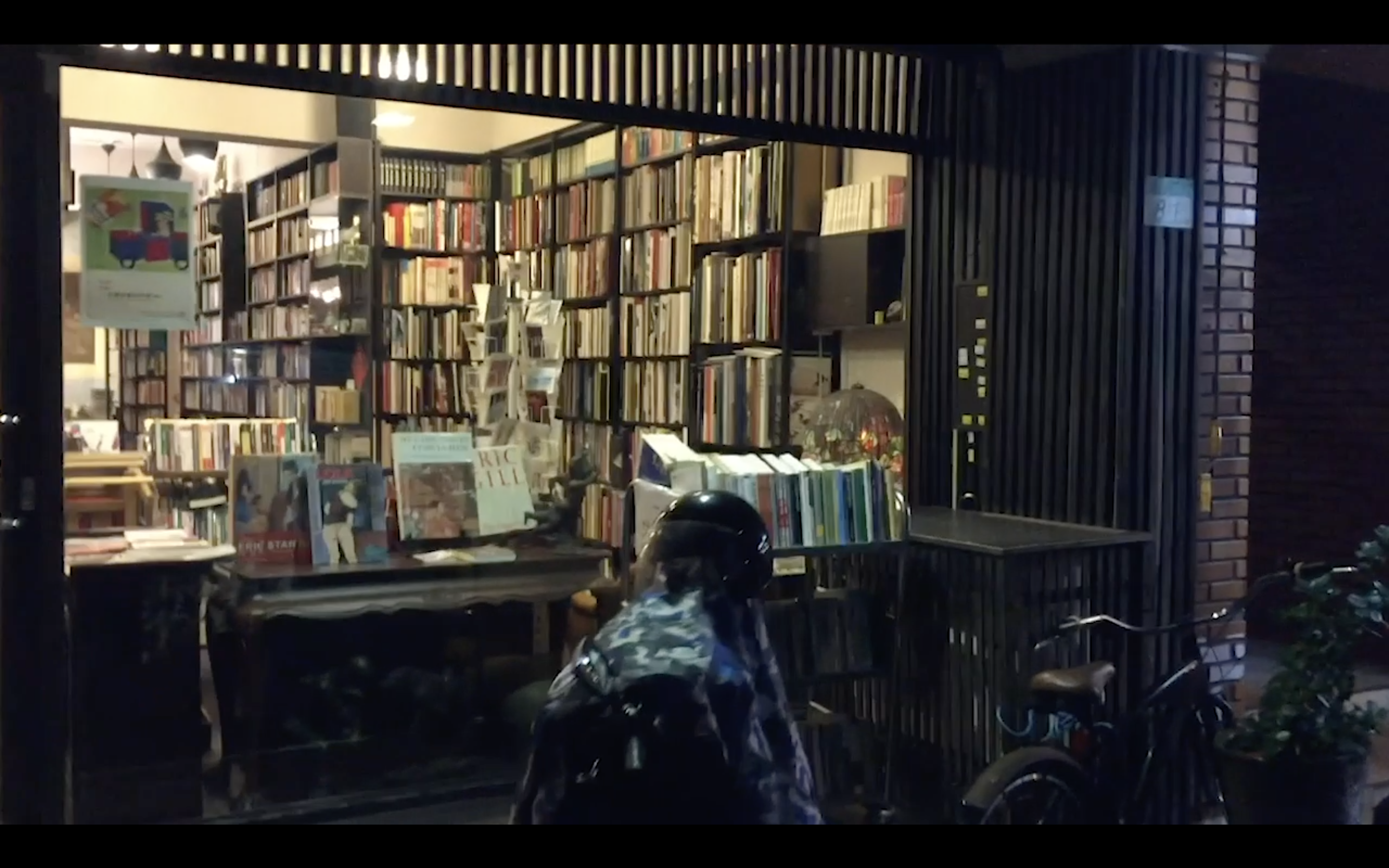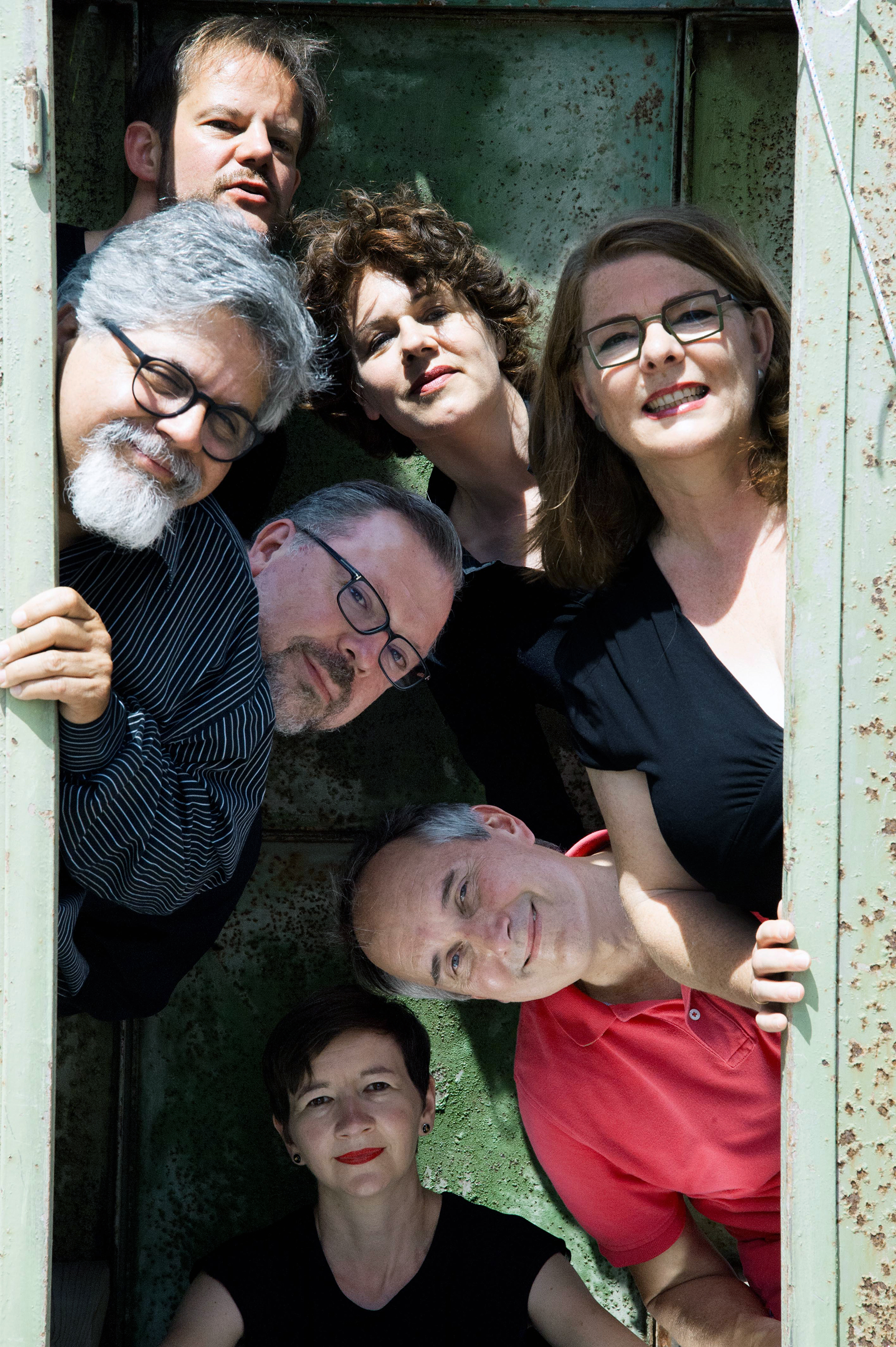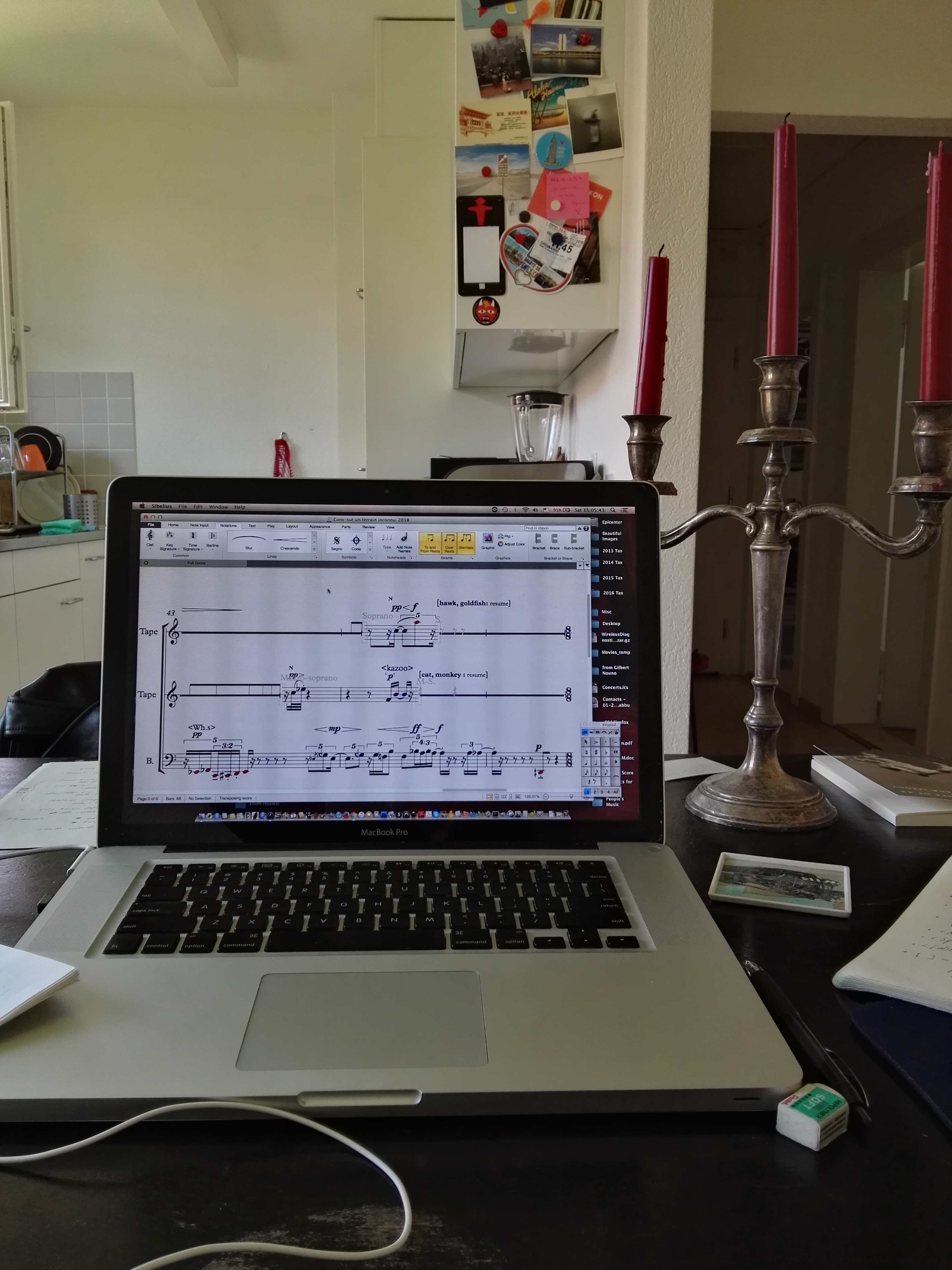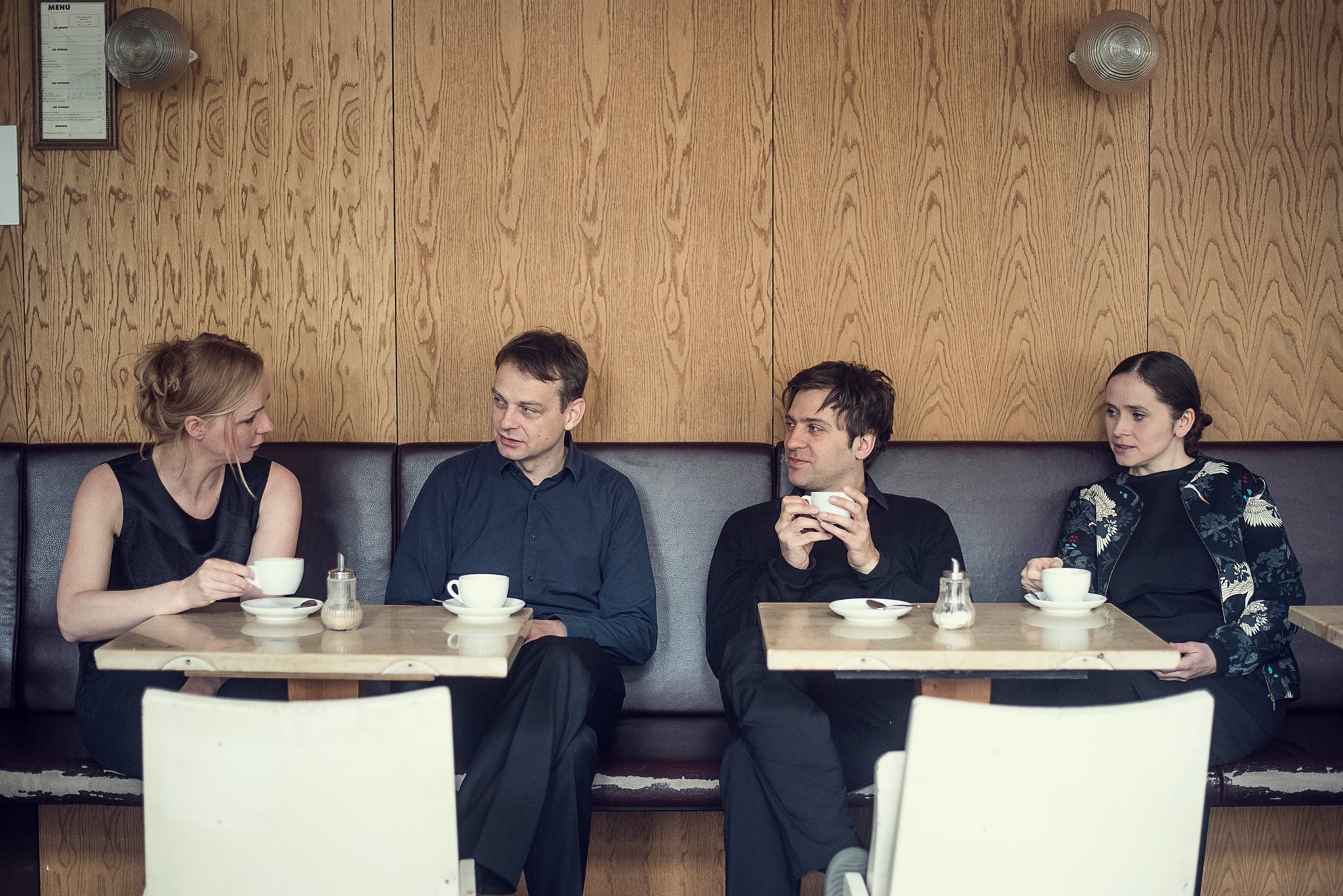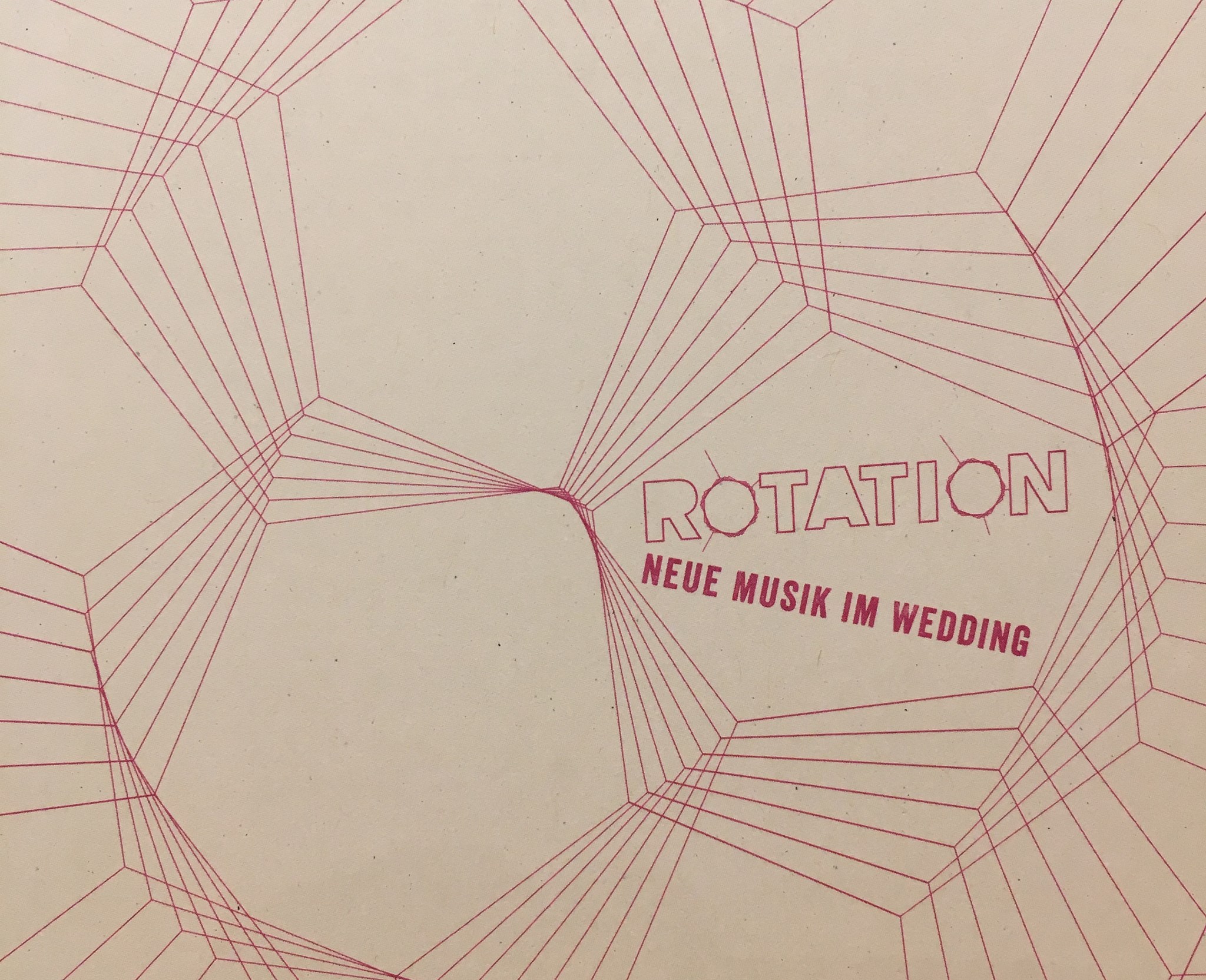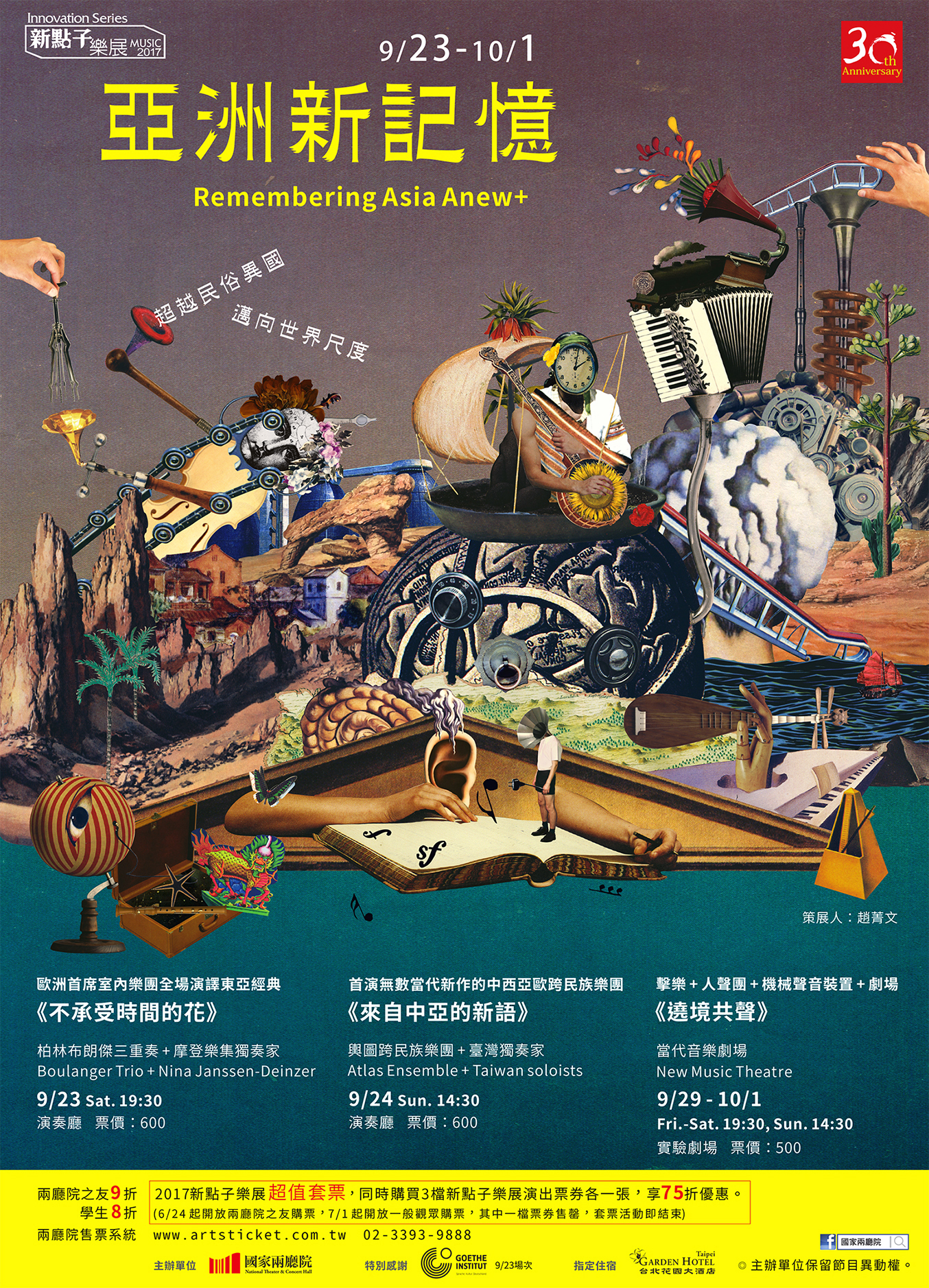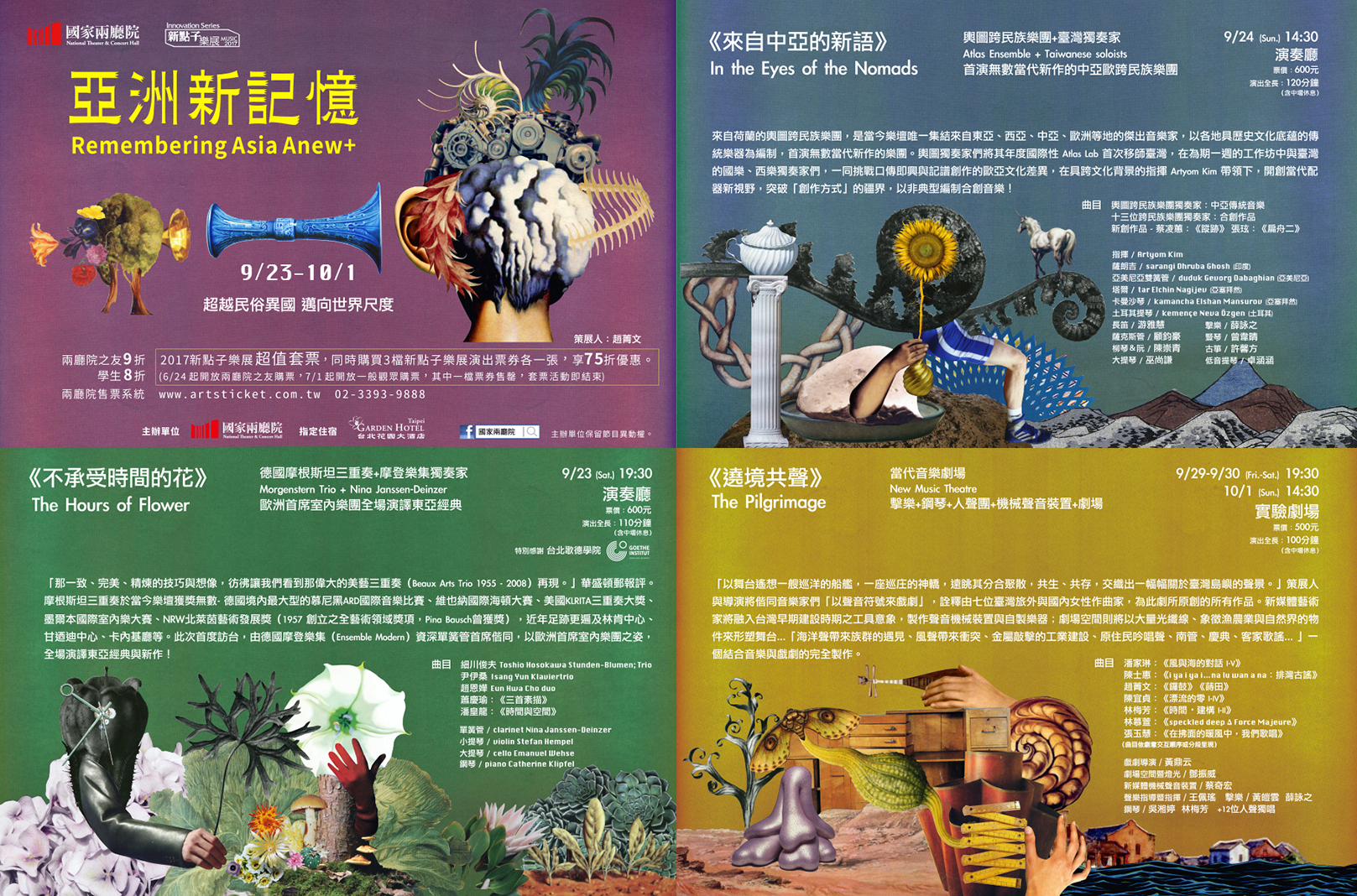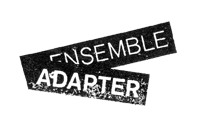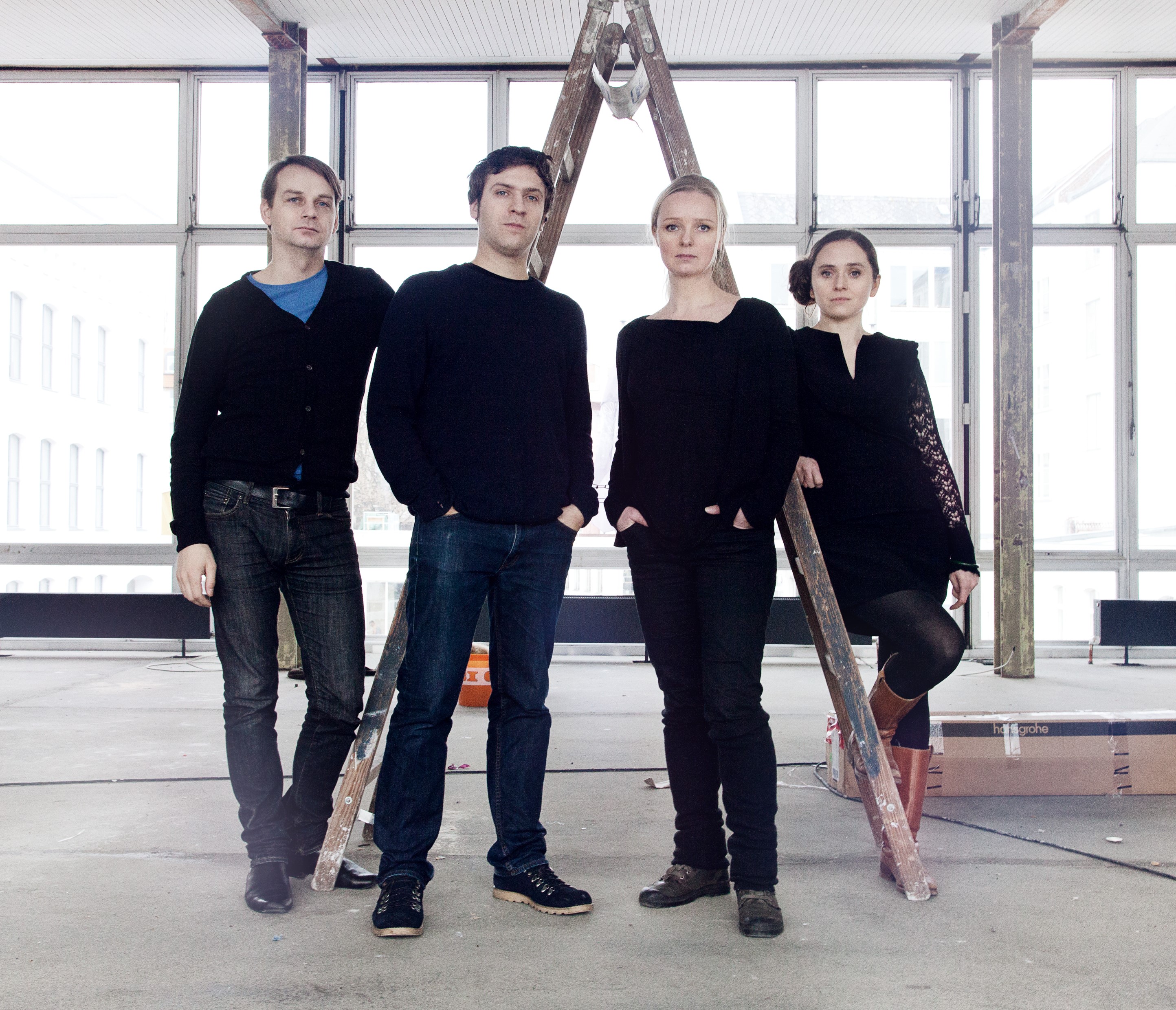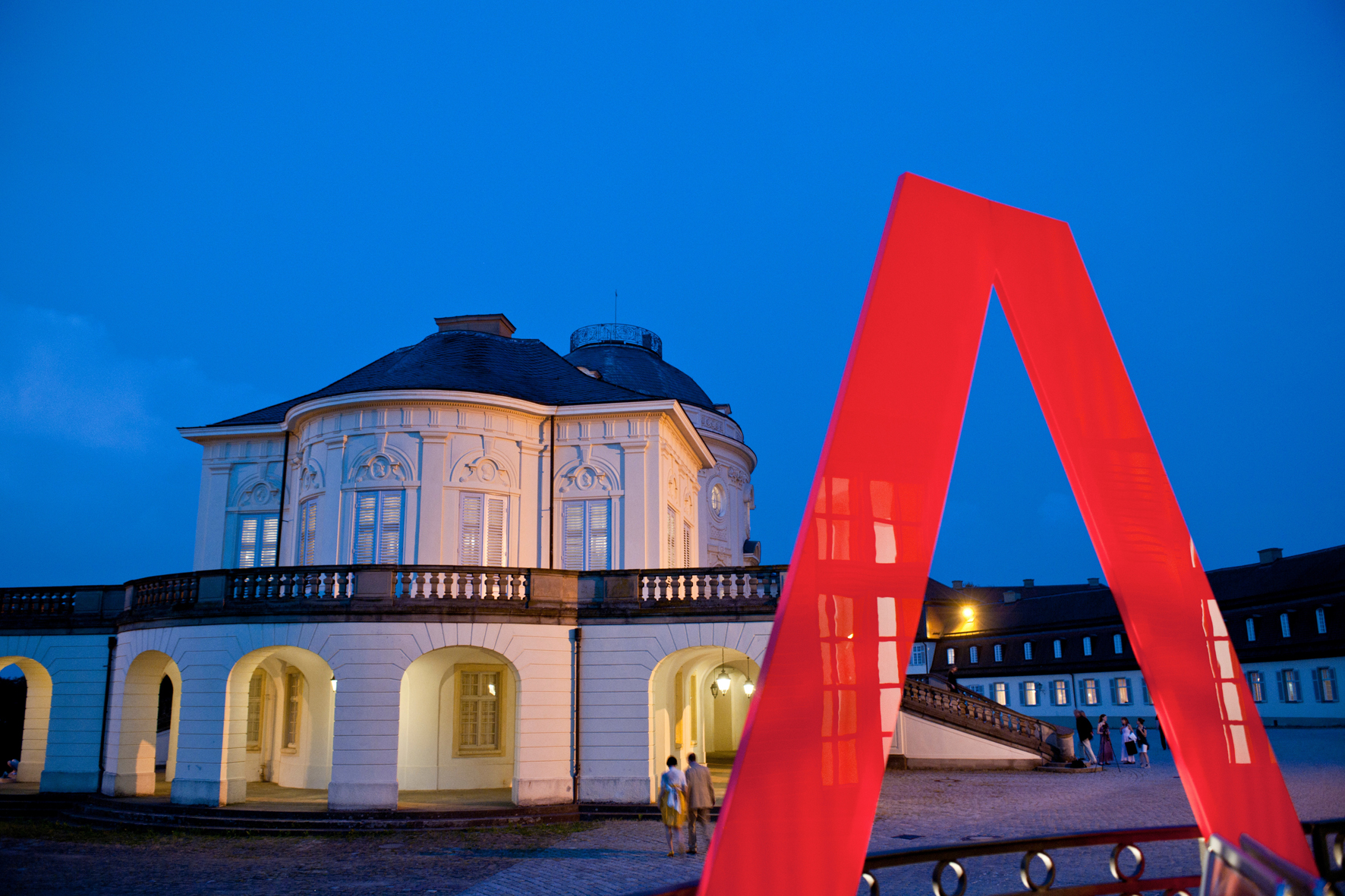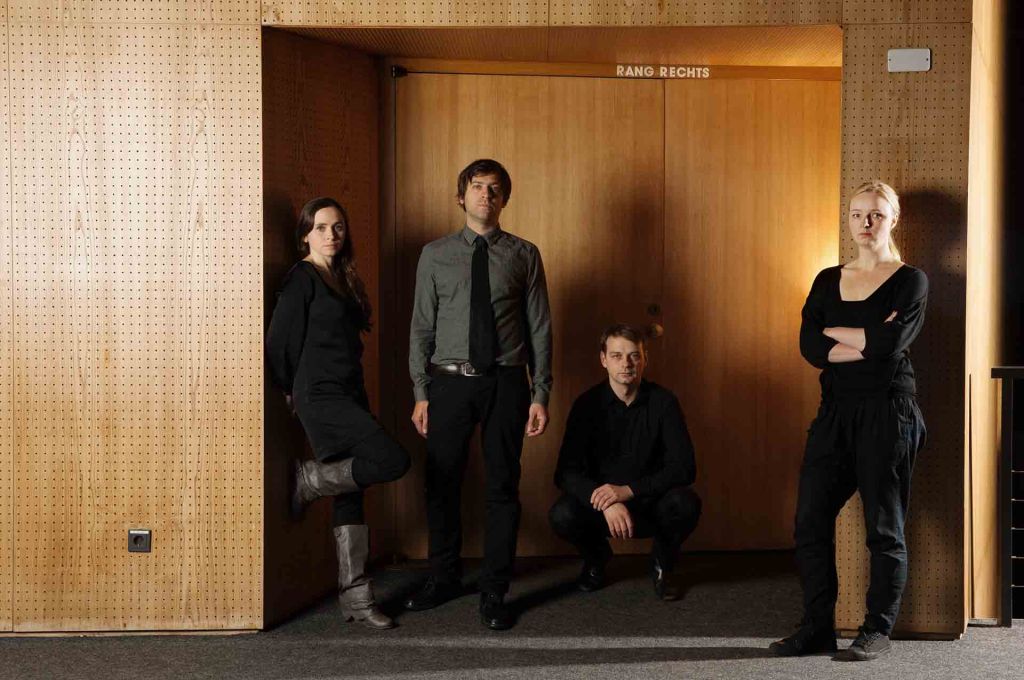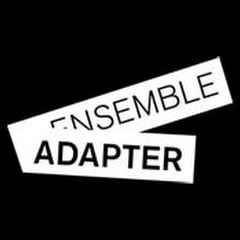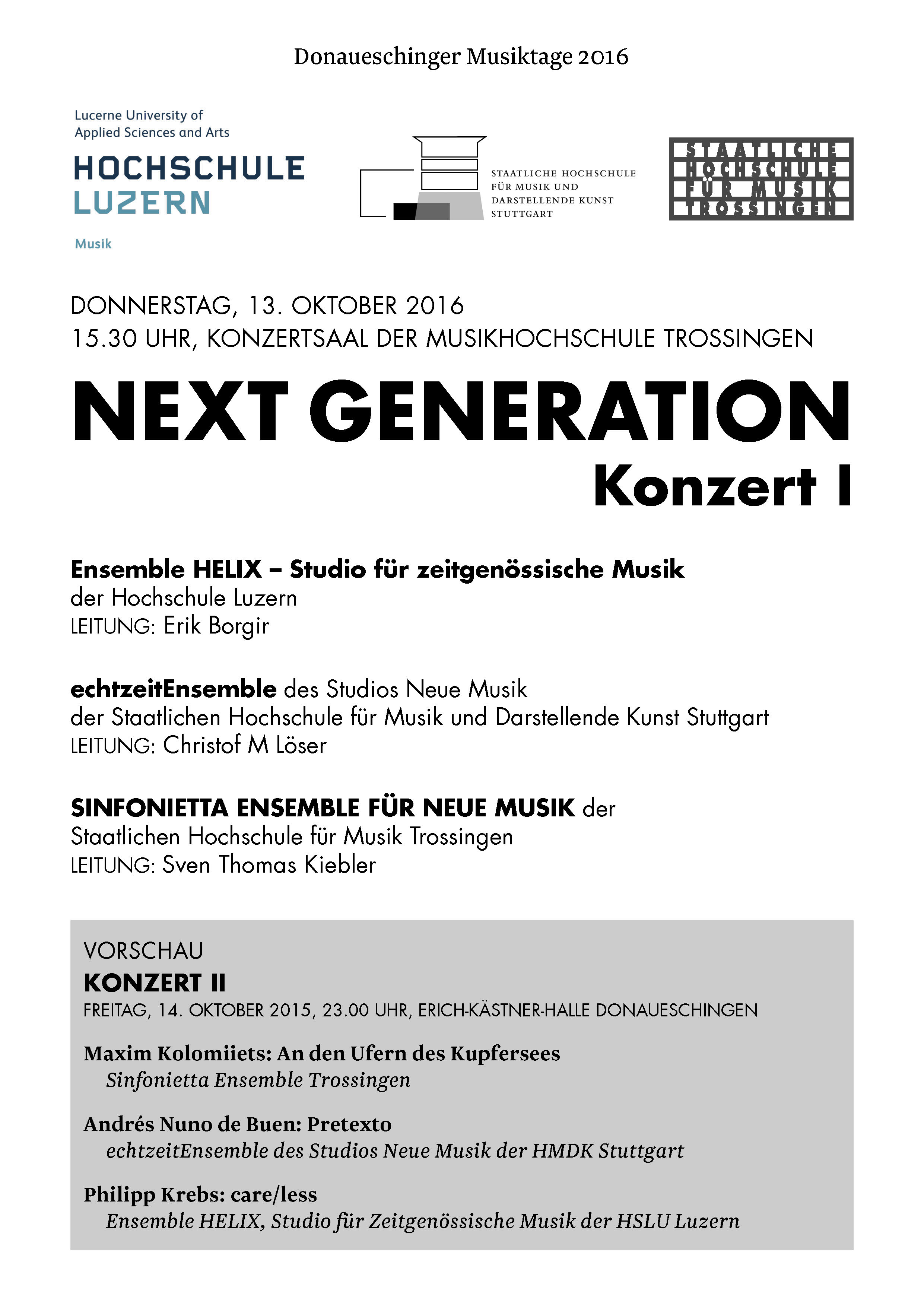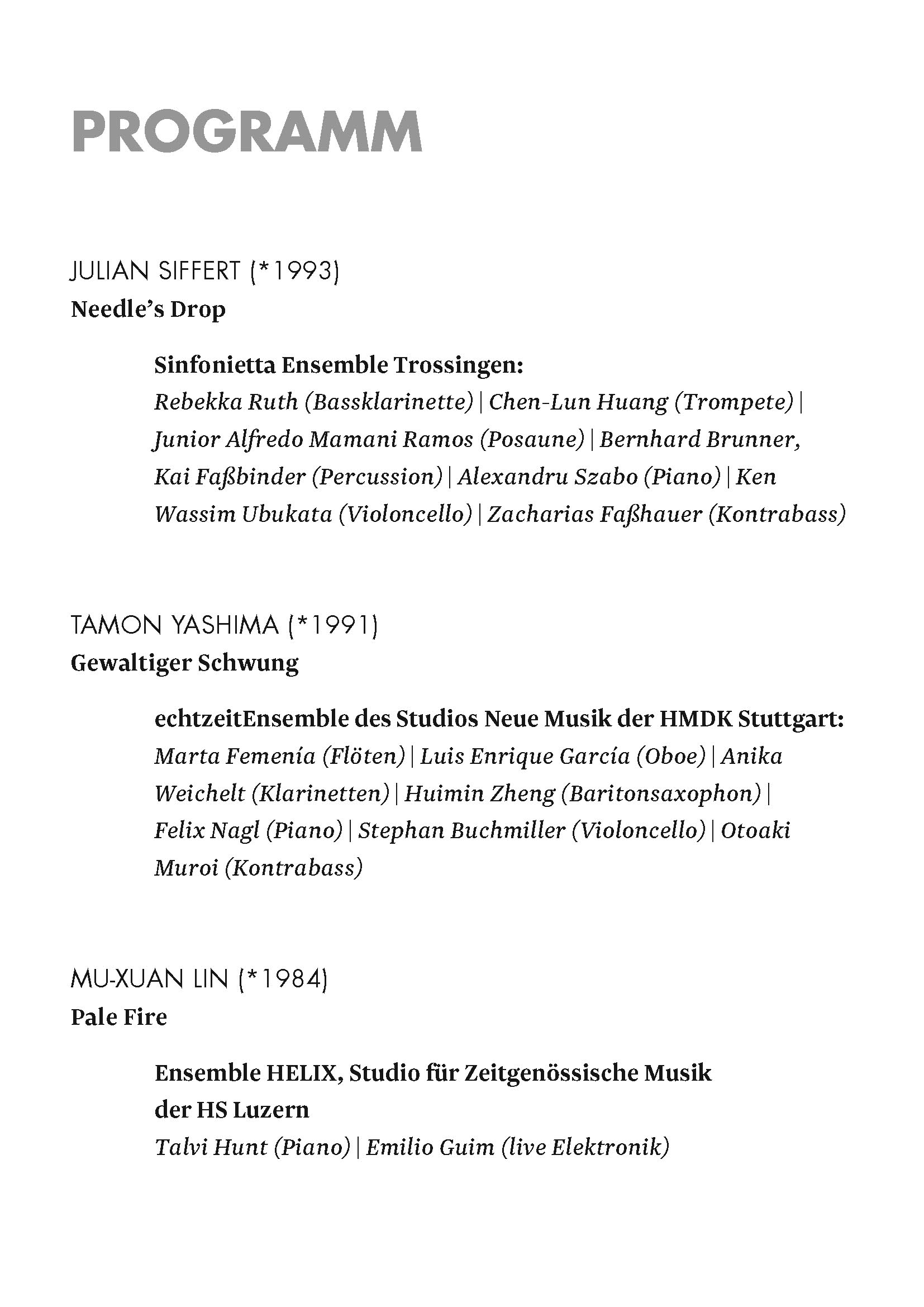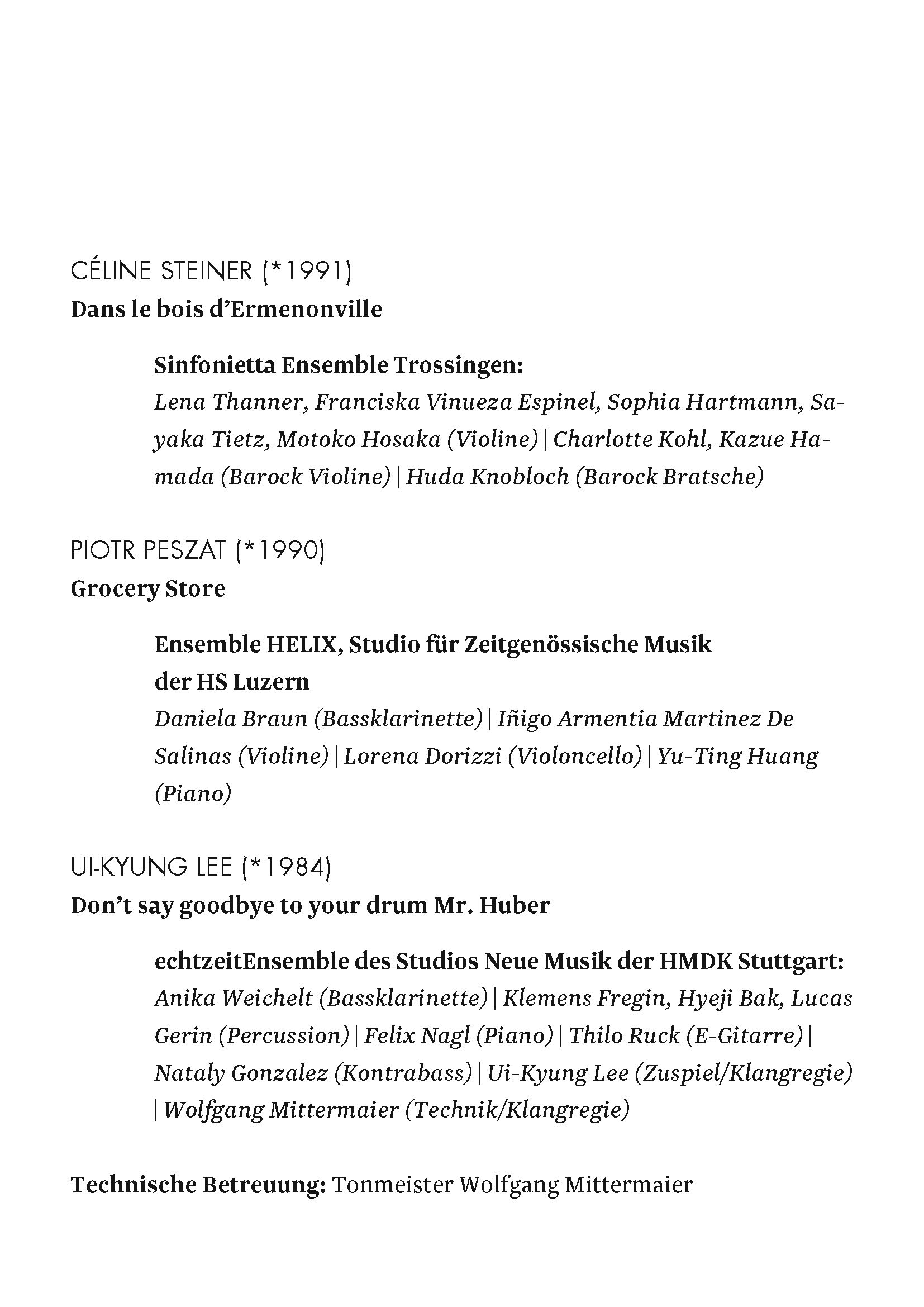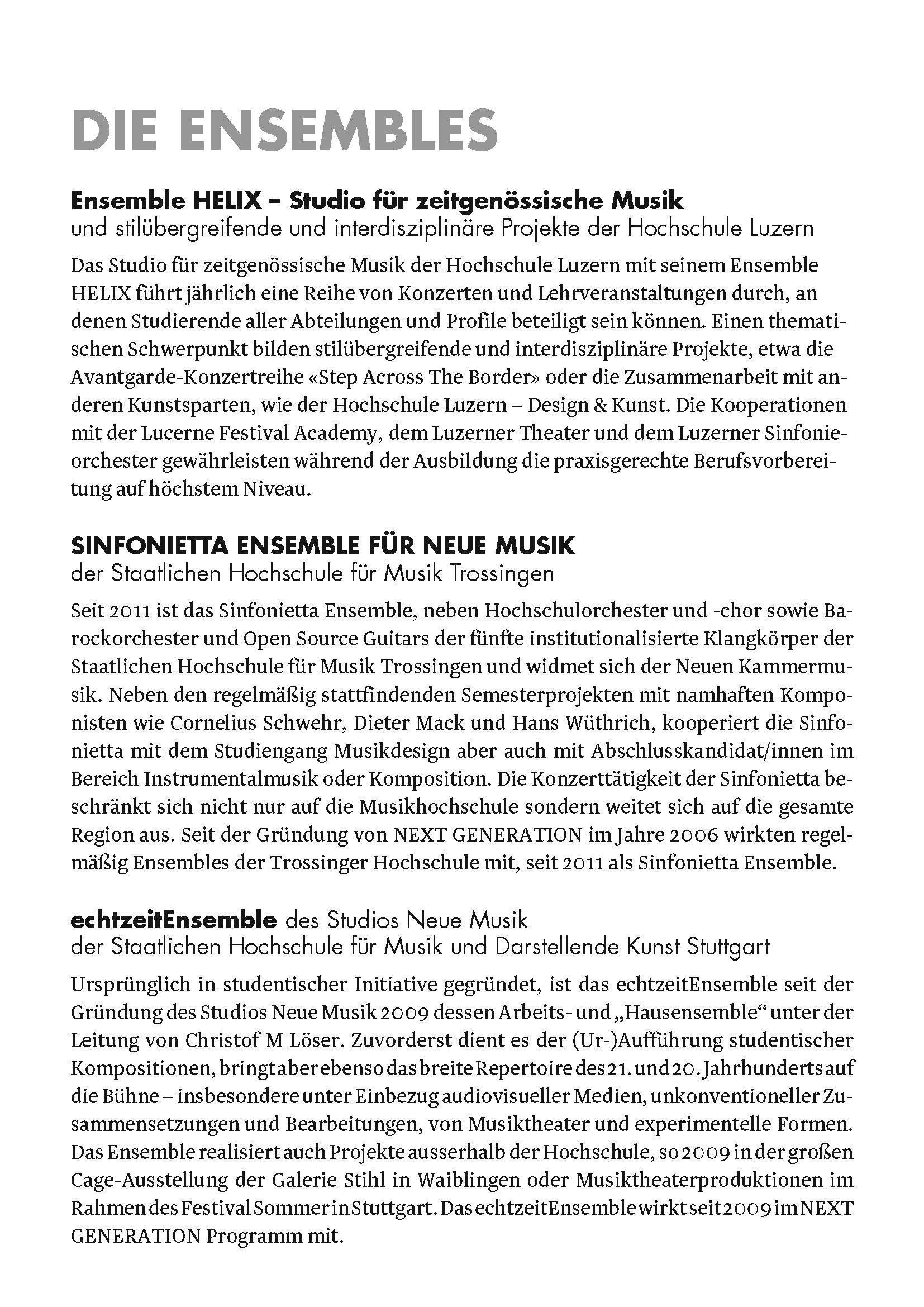I have never been an Identity Politics enthusiast, and I have a lot to say about the popular modern Anglo-American notions of race and racial grouping in general. I left Taiwan at age 19 to escape conformism, yet I arrived in the US to experience something inheritably unfamiliar to me : being labeled and put into a box — a racial box — by others and the society at large. Thus I’ve always had problem addressing myself as a part of a “we”. All I wanted was to be seen, perceived, and evaluated as a multifaceted individual who possesses agency and is free to express it, yet that appears to be an impossible condition for me much of the time while in the US. However, I also came to understand that my personal preference of not wanting to be labeled/thought of as an Asian is in a way a reflection of the American society’s perception of Asian as a group, and it has too many connections to the “otherness” the Western society projects towards Asian people.
The Atlanta area massage parlor shootings perturbed me greatly, and I know why.
Being in a relatively privileged position — no need to work in a dangerous condition, living in a safe neighborhood, living with enough means, associated with mostly civilized people — I am in no way in a vulnerable situation of any immediate concern. However, the psyche behind the shooting murder and the backdrop of the tragedy that unfolded due to this man’s sickening mind (as he claimed, whether true or not, it’s something “sexual”) invoked in me a familiar sense of fear and aversion.
Again, as the reports have us think, it’s a crime linked to “sex”, claimed by the shooter, and as the reports also have us think, it’s a crime against Asian, especially Asian women. The feeling of fear and aversion in me says firmly : it’s a crime that projects Western society’s fantasy lexicon of a 3-headed conceptual Hydra that morbidly combines “Asian”, “Women”, and “Sex” into one.
3 things I experienced first-hand and not infrequently because of my Asian woman appearance, yes, even in my relatively privileged position, during my almost-18 years in the US :
- Being belittled:
Example — “Your English is very good!” “Thank you!” (uh, I have a BM, a MFA, and a Ph.D. from some of the best schools in the US and I am teaching in an American university now and I probably write better English than you do…)
- Being ignored (mostly in professional settings):
Example — “Uh, great, we got everyone, right?…” (“well, except for that one girl whose name I cannot pronounce.”) “Sorry, but you probably didn’t see me, my name is….”
- Being fetishized:
Do I need to give examples of this? (Hint : just think about the American history since the 19th Century and the US’s past involvement in the Asia-Pacific, and also the mainstream American entertainment/media portrayals of Asian women from Austin Powers to Miss Saigon.)
(NOTE : to avoid all those aforementioned treatments, many Asian women living in the US, when able, protect themselves by creating a façade that seems to downplay n.1, accept n.2, and make difficult n.3 — hence (reenforcing) the stereotypical model minority image.)
In short, young to middle-age Asian women (especially those who are single) in the US are often brutally categorized (in many men’s and even Caucasian women’s mind), no matter how subconsciously, as one of the two —
- Rich; spoiled; stupid (or calculating); (maybe doesn’t speak English); uninteresting; materialistic; definitely heterosexual; is looking for a rich husband
- Poor; vulnerable; stupid (or calculating); always sticking to her “group”; (likely doesn’t speak English); uninteresting; definitely heterosexual; is looking for a husband, just anyone
These pretty much sum up the aforementioned experiences I described: belittling, indifference, fetishization. All of these assumptions or, more aptly put, fantasies, strip away a woman of Asian descent’s individuality and agency, sometimes to the level of dehumanization.
This led to a ghettoized version of an Asian woman’s sexuality. Since we’re being fetishized and stereotyped, our sexual expression is either unimaginable or doesn’t belong to us. To compare, when a white European woman expresses her sexuality and sexual desire, and dons a healthy amount of self-objectification, it is considered authentic, romantic, cathartic, and even feminist, and there would be an art house film made after it by Lars von Trier. When a white American woman does so, it is considered empowering, confident, entrepreneurial, liberating, even spiritual, and there would be an opportunity for her to launch a luxury self-care brand that sells $1,000 vaginal massage egg. In short, it’s sexy, beautiful, and dignified at the same time. On the other hand, when an Asian woman (and I’m not talking about the already-celebrities and the few super-rich) does the same, she is either “making herself available” or “has no self-worth” — either way she is “there for grab”. The expression is suddenly considered unclean, pornographic, and carrying baggage of other ulterior intentions.
My fear and aversion towards this society’s grotesque fantasy about me as a young Asian woman were not developed overnight, and they have not disappeared. In turn, I ended up developing multiple mental mechanisms to “react” to these fear and aversion. I still act intentionally rudely to older, white male “patrons” of music from those years of being approached by some in a strange manner. I still feel the trauma when I recall the verbal and physical threats I received from a white American ex-boyfriend in college when I broke up with him, whose rationales of aggression seemed eerily similar to this Atlanta shooter’s. I still need to make clear to many, after my white Swiss partner passed away, that I live very well on my own and don’t “need” to find someone to fill this spot; in fact, stop asking me if “I ever want to get married and have children,” knowing my situation. (Again, the fantasy that every Asian woman is completely straight and has a life goal of getting married.) That said, I am persisting in my action of expressing myself as a multifaceted individual who not only is charming but also thinks and feels vigorously. I can be kind, but I do disagree with you if I need to; I can be attractive, but what I do might not please you the same way. I am not an avatar. I have a life. I have desires and dislikes. I am free to be unpredictable or “not nice”. I am entitled to give consent and dissent at will. I am not “we”. You can fantasize about me (just like I can fantasize about you) but don’t you dare go any further without my permission.

